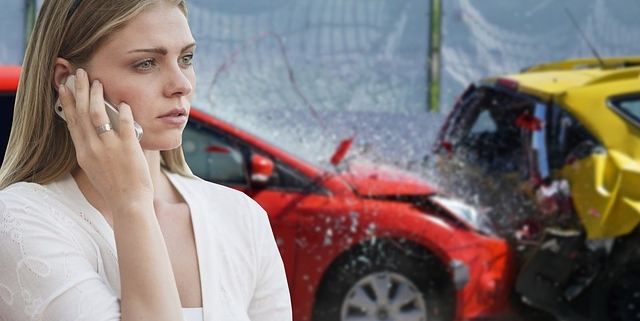Car Accidents: Steps to Take & Stay Safe on the Road
No one expects to be in a car accident, but it’s a reality that many drivers face. Whether it’s a minor fender bender or a serious crash, knowing what to do can help protect your safety, rights, and insurance claims. While avoiding accidents altogether is ideal, being prepared for unexpected situations makes all the difference.
This guide covers safe driving habits, essential car safety features, and step-by-step actions to take after an accident.
Top 5 Tips for Safe Driving
- Stay focused on the road: Avoid texting, eating, or any distractions while driving. Keeping your full attention on the road reduces reaction time and helps prevent crashes.
- Follow traffic laws and speed limits: Excessive speed increases accident severity and reduces stopping distance. Driving at safe speeds helps maintain control.
- Maintain a safe following distance: Use the 3-second rule to ensure enough space between your car and the vehicle in front, allowing time to react.
- Use turn signals and check blind spots: Proper signaling and checking mirrors before lane changes can prevent collisions with unseen vehicles.
- Adjust to road conditions: In bad weather, heavy traffic, or low visibility, reduce your speed and drive cautiously to maintain control. For the winter season, check out our tips on driving safely on icy roads.
Car Safety Features That Help Prevent Accidents
- Anti-lock Braking System (ABS): Prevents skidding and helps maintain control during emergency braking.
- Electronic Stability Control (ESC): Reduces the risk of spinning out on slippery roads.
- Blind-spot Monitoring: Alerts drivers to vehicles in hard-to-see areas.
- Automatic Emergency Braking (AEB): Brakes automatically if an obstacle is detected.
- Lane Departure Warning: Warns drivers if they unintentionally drift out of their lane.
New cars come with the latest safety features, but if you’re buying used, a vehicle history report is essential. A VinAudit Canada VIN Check It reveals past accidents and other safety-related information, helping you choose a reliable car and maximize safety on the road.
What to Do in a Hit-and-Run Accident
- Try to gather details: If possible, note the fleeing vehicle’s make, model, color, and license plate number.
- Take photos: Document your car’s damage and the accident location, including any debris or skid marks.
- Find witnesses: Ask bystanders if they saw anything and can provide details about the other vehicle.
- Report to authorities: Contact the police immediately to file a report and notify your insurance company as soon as possible.
Legal Considerations After an Accident
- When to contact a lawyer: If injuries, disputed liability, or insurance issues arise, a lawyer can help protect your rights.
- Understanding fault laws: Some provinces have no-fault insurance, meaning your insurer covers your damages regardless of blame.
- Uninsured drivers: If the at-fault driver lacks insurance, your own uninsured motorist coverage may help cover damages.
Be Prepared: What to Keep in Your Car
- Proof of insurance: Always keep a printed or digital copy.
- A charged phone or car charger: Essential for calling emergency services.
- Emergency kit: First aid supplies, flashlight, and basic tools.
- Pen and paper: Useful for writing down accident details if your phone is unavailable.
- A copy of the Insurance Bureau of Canada’s Accident Report Form: Helps document accidents properly.
Stay Safe, Stay Prepared
Car accidents are stressful, but knowing what to do can ease the process. Prioritizing safe driving habits, having the right car safety features, and knowing the proper steps to take after an accident can make all the difference. Stay alert, stay informed, and always be prepared for the unexpected on the road.



